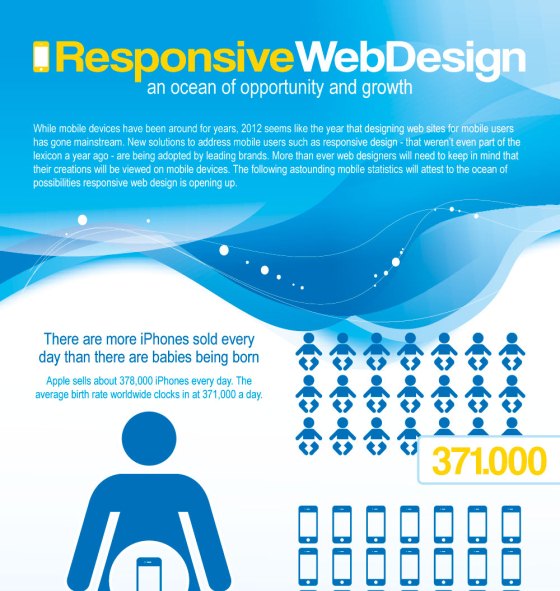Key Elements Of Site Layout: Techniques For Developing An Accessible Individual Experience
Key Elements Of Site Layout: Techniques For Developing An Accessible Individual Experience
Blog Article
Authored By-McKnight Ehlers
When it pertains to website layout, making sure user-friendliness is vital. From source web page to structured navigating, every component plays a vital role in creating a site that satisfies your target market's requirements. Yet what about the better information that can make or damage a customer's browsing experience? Remain tuned as we reveal some often-overlooked suggestions that can raise your site's usability to the following degree, making it absolutely stand apart in the digital landscape.
Importance of Responsive Layout
Responsive style is an important element of contemporary site development. Guaranteeing your website is responsive ways that it can adapt to various screen dimensions and devices, supplying a smooth experience for users.
With the raising use of smart devices and tablet computers to access the net, having a receptive design is important for getting to a larger target market. It aids in boosting customer experience by making your web site easy to browse and keep reading any tool.
Additionally, receptive style can positively impact your search engine rankings, as search engines like Google focus on mobile-friendly websites. By having a receptive layout, you're likewise future-proofing your web site, as brand-new devices with differing screen sizes continue to emerge.
Simplify Navigation Framework
To improve customer experience and facilitate simple accessibility to information on your website, simplifying the navigation structure is critical. When developing your site, concentrate on creating a clear and user-friendly navigating menu that aids visitors find what they're searching for swiftly.
Limitation the variety of menu items to the essentials, grouping related pages together to stay clear of overwhelming customers. Usage simply click the up coming post that plainly indicate the material of each web page, making it much easier for users to recognize where each web link will take them.
Take into consideration applying dropdown menus for subcategories to avoid cluttering the main navigation bar. Furthermore, consist of a search bar prominently on the page for customers that favor looking for details details.
Focus on mobile responsiveness in your navigating design to ensure easy accessibility on all gadgets.
Optimize Web Page Lots Speed
Improving page lots speed is important for preserving site visitors on your site. Slow-loading pages irritate individuals and can cause high bounce prices. To optimize web page lots rate, beginning by optimizing pictures. Press photos without jeopardizing quality to lower their data sizes.
In addition, enable browser caching to keep often accessed sources in your area, speeding up load times for returning site visitors. Minify CSS, JavaScript, and HTML data by getting rid of unneeded characters, remarks, and formatting, boosting lots rate.
Consider making use of a content distribution network (CDN) to disperse your web site's web content throughout several servers worldwide, reducing latency for users accessing your site from different places. Finally, limit making use of third-party scripts and plugins, as they can significantly affect load times.
Final thought
To conclude, by incorporating responsive layout, simplifying navigating, and optimizing page lots speed, you can produce an easy to use website that appeals to a wider audience and enhances individual experience. These essential elements guarantee that visitors can conveniently accessibility and navigate your site throughout different tools, leading to boosted interaction and contentment. By concentrating on these essential elements, you can build an effective internet site that keeps customers coming back for even more.
